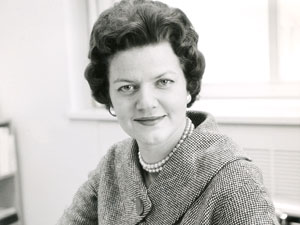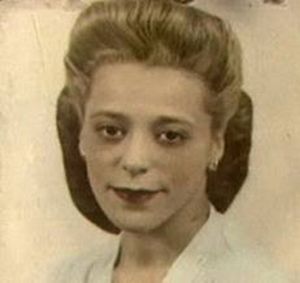Were you able to recognize any of the names?
Doris Anderson 1921-1997

Anderson was a Magazine editor and women’s movement champion, a double threat if you will. She was a long-time editor of the Chatelaine magazine and a newspaper columnist. Continuously in the 1960s, Anderson worked hard for the creation of the Royal Commission on the Status of Women. By doing so, this greatly influenced the way the advances in women’s equality occurred. Anderson was responsible in the way that women started receiving equal rights that were now included in the Charter of rights and Freedoms. She authored a number of books, this included three novels and an autobiography, Rebel Daughter, and sat as the president of the National Action committee on the Status of Women. When 1974 came she became and officer of the Order of Canada and was promoted to Companion in 2002. Anderson also received a Persons Case Awards and several honorary degrees.
Kenojuak Ashevak 1927-2013

Ashevak was an inspiring talented artist, she meant to be great the moment she was born. Born in an igloo on the south coast of Baffin Island, born in the cold had her strong from the start. Her career as an artist began in 1958 when a government administrator recognized her talent. And so quickly began her career and she became a role model to many Inuit women, who have also almost become as recognized as she was. While lots of her work is memorable there is one piece that sticks out as being one of her most well-known works, Enchanted Owl. This was created for the Cape Dorset’s 1960 print collections and it was used on a postage stamp in 1970 to mark the centennial of the Northwest Territories. And thus began her rise to becoming an artistic icon. Ashevak lived most of her life in Cape Dorset, where she had lots of extended family of children and grandchildren. She has been described as being gracious, composed and thoughtful, and so it no shock why she came a big mentor for the second and third-generation Inuit artists.
Emily Carr 1871-1945

You have most definitely heard this name before I mean, there is literally am art school in Vancouver named after her. She was a West Coast who has been described as “Canada’s Van Gogh” you’ve got to be really good to get that rep in the world. She was born in Victoria and began with a few advantages to her art career. Living the artist lifestyle, she studied art in San Francisco, London and Paris while still struggling to fund her education. She started to embrace this modernist lifestyle and went back home in 1911 and applies her skills to her favourite subjects, West Coast rainforests and the villages and artifacts of indigenous peoples. But like many other great artists came bumps in their works, Canadian critics and buyers were not actually ready for her work, so she abandoned painting for fifteen long years. It was not until the National Gallery mounted an exhibition of West Coast art in 1927 that she received the attention she deserved. And by time she passed away came international renown she enjoyed that6 outlasted that of her contemporaries.
Mary Shadd Cary 1823-1893

One of the first black women to be a newspaper editor in North America, so you should remember this name. Cary was hardworking and a tireless advocate for universal education, black emancipation and women’s rights. Originally from Delaware, she moved to Windsor in Canada (which is now Ontario) to teach in 1851. Upon arriving, she soon founded the Provincial Freeman, which was dedicated to abolitionism, temperance and women’s political rights. During the American Civil War, she went back to the United States as a recruiter of African American soldiers for the Union Army. Upon the end of the was, she moved to Washington, D.C, to teach and study law and at age sixty, she became the second black woman in the United States to earn a law degree. And by 1994, Cary was designated a Person of National Historic significance in Canada.
Angelina Napolitano 1882-1932

There is a lot to thank to the women in the past who took lives of their abusers, in order so the women today can get justice, and Angelina Napolitano is one of them. Napolitano brought national awareness to domestic abuse, but little is known of her tragic life. She was an Italian immigrant who in 1911, killed her abusive husband with an axe as he slept. Although suffering from the abuse, she was convicted of murder, and was sentenced to hang. Since the abuse could not be sued as a defence, the case started a insane debate and came a flood of petitions asking that her life, be spared. This brought the “battered woman” defence into the spotlight and highlighted inequities in the law. And on July 14 of 1911, the federal Cabinet commuted her sentence to life imprisonment instead. By 1932 she was granted parole and is speculated died around 1932. Such a tragic life story to hear now in the present, iut is incredible to see how history has managed to change throughout the decades.;
Viola Desmond 1914-1965

All the way from Nova Scotia, there she challenged the segregation practices. Way before the modern civil rights movement in the United States, Demond took the stand for racial equality, in Halifax at a rural movie theatre, in 1946. This caused a stir because she refused to move to a section of the theater unofficially set aside, for black people. Because of this Demond was dragged out by police and jailed. Even with all the clear racial issues at present, police denied the fact her race had anything to do with her arrest. Her case ignited the black population of Nova Scotia to fight for change, and in 1945, segregation officialy ended in Nova Scotia.

